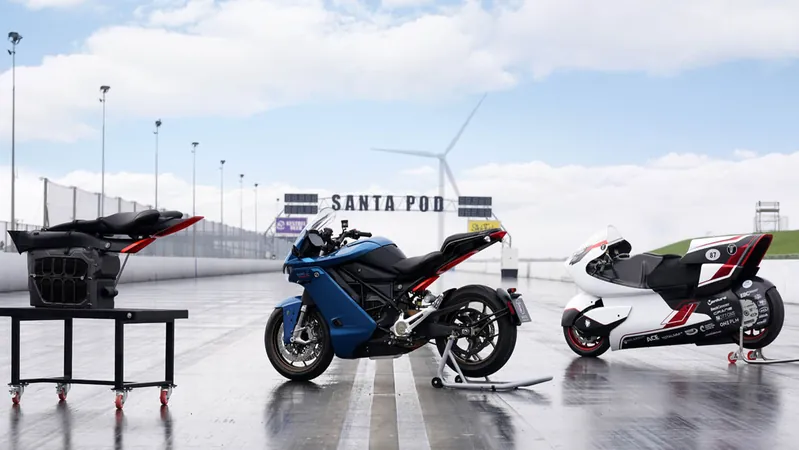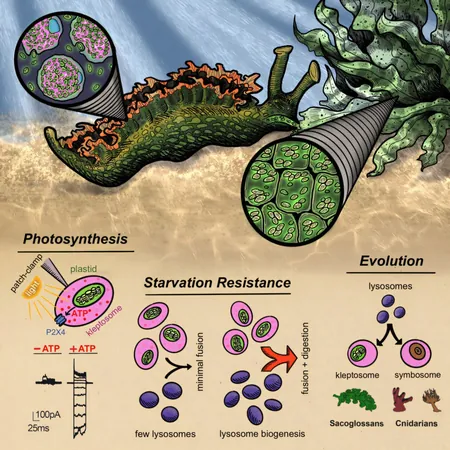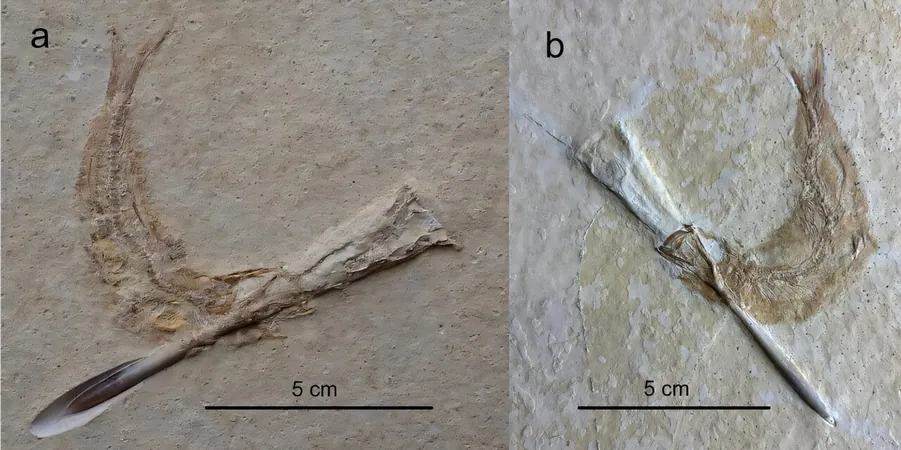
Revolutionizing Motorbike Design: White Motorcycle Concepts’ Game-Changing Duct Technology
2025-01-09
Author: Li
Introduction
The motorcycle industry is at a crossroads as it confronts the ambitious task of creating electric sports bikes that not only match the performance of traditional petrol-powered models but exceed them. Enter White Motorcycle Concepts (WMC), a company determined to redefine electric bike aerodynamics through innovative engineering.
The Need for Aerodynamic Advancements
In contrast to the evolution seen in automobiles, where design has dramatically shifted towards streamlined shapes and enhanced aerodynamics, motorcycles have remained largely entrenched in their traditional design paradigms. Many modern bikes are built on the same fundamental principles established over a century ago, often prioritizing aesthetics over functional airflow designs. While motorbikes are naturally lightweight and powerful, this has historically reduced the impetus to focus on aerodynamics as extensively as in the automotive sector.
As the industry shifts towards electrification, the need for aerodynamic advancements is becoming increasingly urgent. Riders are clamoring for electric bikes that provide powerful performance while also extending range—an essential aspect of the electric driving experience. Ian Hird, the commercial director at WMC, highlighted the importance of aerodynamics, noting that “at 60 miles per hour, a bike uses 80% of its power to overcome air resistance.” Unlike cars, where the driver’s body is enclosed within a shell, a motorcyclist's body presents a significant aerodynamic challenge.
WMC’s Duct Technology
With over 22 years of experience in high-level motorsport, WMC is uniquely positioned to tackle these challenges. Their innovative solution revolves around duct technology that carefully channels airflow from the front of the bike through a specially designed passage. This system moves air from behind the front wheel and releases it over the rear wheel, significantly reducing drag.
"This duct technology is deceptively simple but incredibly effective," explains Hird. "It adds minimal weight, requires no maintenance, and provides consistent performance over time." By improving the airflow dynamics, WMC aims to increase the range and top speed of electric motorcycles, a vital consideration as conventional battery technology continues to evolve.
The WMC250EV: A Testament to Innovation
The introduction of the WMC250EV serves as a testament to their innovative approach. It features an unmistakable duct running the length of the bike, allowing it to achieve twice the mileage on a single charge compared to its competitors. Moreover, it’s designed to potentially break world speed records, with capabilities exceeding 250 miles per hour.
A Strategic Partnership with Manufacturers
WMC's strategy is not to compete directly with well-established brands like Honda; instead, they aspire to become a vital technology partner for leading motorcycle manufacturers. By proving the effectiveness of their designs, WMC hopes to persuade OEMs to integrate these cutting-edge technologies into their own models.
Collaboration with Zero Motorcycles
As WMC continues to refine their designs, they have partnered with Zero Motorcycles to enhance the aerodynamic efficiency of their two-wheeled electric models. Through extensive testing and optimization, their collaboration aims to achieve a notable increase in both range and overall performance, demonstrating what tomorrow’s electric motorcycles could look like.
Creative Troubleshooting and Applications
In terms of troubleshooting the design while considering existing bike structures, WMC has been nothing short of creative. They located suitable models, such as the Yamaha Tricity, to which they adapted their ducts, creating hybrid models with enhanced capabilities specifically tailored for law enforcement and emergency services, showcasing the versatile application of their technology.
Future Potential of Duct Technology
The future potential of WMC’s technology is even broader. As electric motorcycles continue to rise in popularity, the integration of collaborative cooling solutions and even forms of regenerative braking could further redefine industry standards.
"The truth is that while people may envision wild futuristic designs, electric motorcycles will look rather similar to today’s models—but the technology will be significantly advanced," Hird remarks. Exciting times lay ahead for WMC and the industry at large, as they lead the charge towards efficient, high-performance electric motorcycle design.
Conclusion
Will WMC's groundbreaking innovations change the face of motorcycling? Only time will tell, but one thing is for certain: the future of electric bikes just got a whole lot more exciting!



 Brasil (PT)
Brasil (PT)
 Canada (EN)
Canada (EN)
 Chile (ES)
Chile (ES)
 Česko (CS)
Česko (CS)
 대한민국 (KO)
대한민국 (KO)
 España (ES)
España (ES)
 France (FR)
France (FR)
 Hong Kong (EN)
Hong Kong (EN)
 Italia (IT)
Italia (IT)
 日本 (JA)
日本 (JA)
 Magyarország (HU)
Magyarország (HU)
 Norge (NO)
Norge (NO)
 Polska (PL)
Polska (PL)
 Schweiz (DE)
Schweiz (DE)
 Singapore (EN)
Singapore (EN)
 Sverige (SV)
Sverige (SV)
 Suomi (FI)
Suomi (FI)
 Türkiye (TR)
Türkiye (TR)
 الإمارات العربية المتحدة (AR)
الإمارات العربية المتحدة (AR)